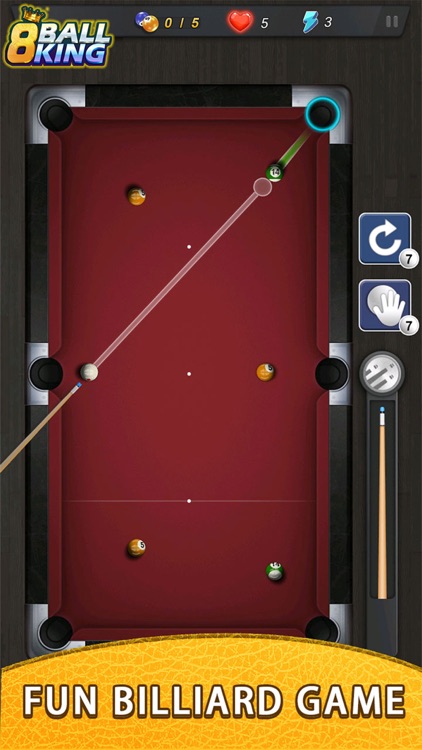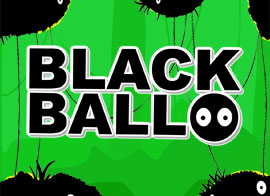
Dodgeball's rules are simple and easy-to-learn. For example, players must protect themselves from direct headshots. A referee can also enforce these rules. These rules are enforced by a referee. When a player has been eliminated, the game is over. Traditionally, this is a game played in gyms or at camps. There are rules that must be adhered to in competitive games but dodgeball is an easy game that can be played wherever there is internet access. It doesn't matter if you are lining up or drafting players, the process of selecting teams can be simple.
Protect your head from direct headshots
To prevent a player from getting a direct headshot, players must take evasive actions to block the shot. Direct headshot refers to when the ball directly hits a player's head without making any contact. The ball cannot have touched any object before striking a player's head. However, the ball can bounce off of a player's body or hands prior to hitting a head. The ball must remain in a straight position when it is hit. Headshots are automatically negated if the player moves out of their normal position.
Dodgeball players must be careful not to take direct headshots. It is considered a "dead ball" if the ball leaves the throwing hand and hits a player directly in the head. If the player takes a direct headshot while standing upright, the player is safe. However, if a player is hit in the head while prone, he or she will be called out.
Dead balls
Dead balls are those balls that aren't thrown into play during a match. They are used in order to prevent multiple hits from the same object. A small court with a centerline and two sideslines is used for dodgeball games. The game is self-refereed and is governed by honour rules. However, there are four referees that are stationed at the end of the centerline. The referees will start and end the game and confirm hits and count the time that players have possession of the ball. Each team begins with one ball. The two balls are placed in the center line of the court. Each team has five seconds to release a ball.

If a dodgeball is thrown by a team, it will be deemed "dead" if it crosses the boundary line. This means that the player stepping on the border line of the opposing team's team is out. If a player steps on the boundary of another team's line, they are out.
Unsportsmanlike conduct
All participants must follow the rules of dodgeball. Participants must wear a shirt or shorts without any sharp metal parts, and they must not wear any jewelry during the game. A referee is present during the game to keep the game moving and to ensure the safety of players. Referees are also responsible for deciding on contested plays. The calls made by the referees are final and cannot be appealed. The referees will warn players if they are found to be violating the rules. The referee may call technical fouls depending on the severity of the violation.
Participation in dangerous throwing behavior is grounds for disqualification. Players who engage in this behavior will be warned by the referee, and the ball will be turned over to the opposing team. Any throw that is too high or near the head of another player is considered dangerous. A player who throws dangerously will be kicked out of the game. He/she cannot participate in any games during the match.
Overtime rules
Dodgeball is a game in which players try to catch a live football before it touches the ground. The court is the boundary of play. Players are to stay within it. Players are also disqualified if they touch ground below the center line or attempt dodgeball kicks. If the game ends in an even draw, overtime can be used to decide the winner.
Each team may only retrieve 3 (3) balls to their left of the center hashi. The ball must be placed behind their line of attack before legal throwing. Each team has a three minute time limit for overtime. The winning team will have more players.

Neutral zone
The neutral zone in dodgeball is the space around the court's centreline. Players may enter this area without being hit or stepped on, but are automatically out if they cross it. You can attack your opponent from the neutral zone with a variety offensive and defensive tactics, but you must not get hit or touched.
There are two teams of six playing on the court. The teams own the balls on either side. The team with the majority of the balls must relinquish it within 10 seconds. To collect the balls off-court, both teams have two ball retrievers. If a ball retriever is found interfering or stepping in the neutral zone, they will be removed from the game.